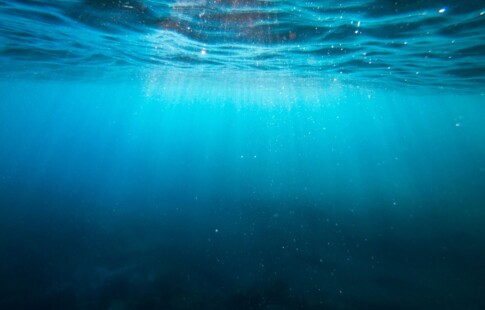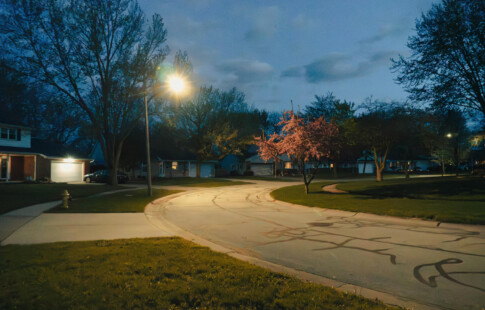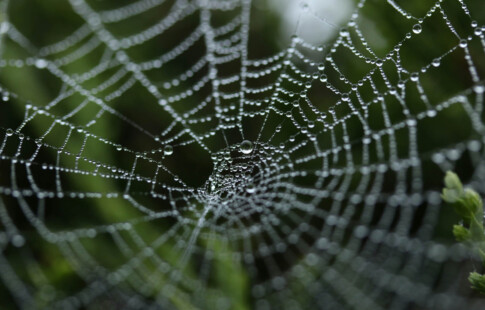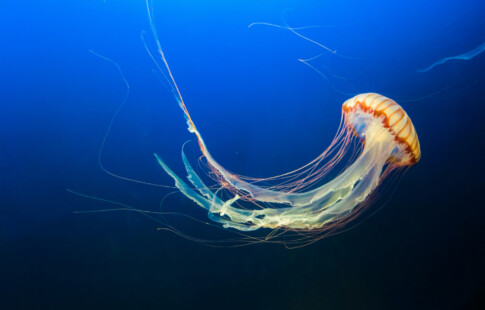
Wildlife Forensics Helping Uncover Illegal Poachers
We are reader-supported. When you buy through links on our site, we may earn affiliate commission.
It isn’t an uncommon scene in the savannas of South Africa. A grazing rhinoceros lowers its head to a patch of grass, and a sudden gunshot from a heavy caliber weapon catches them in the side. An illegal poacher comes to collect its horn, and in little as 10 minutes, they’ve moved on to their next target. This is where wildlife forensics comes in.
Poaching remains a critical issue across the globe, with endangered animals at threat of extinction over the value of their body parts. The musk deer of Asia are a popular target for their glands, which can sell to foreign traders for upwards of $200. A single tiger can yield over $50,000 in their skin, teeth and claws.
Through the application of wildlife forensics, however, poachers have a far more difficult time plying their illegal trade. Modern technology has proven so effective in stopping them that a system installed in a South African reserve has reduced the number of poached rhinos to zero. So how do these new methods work?
RhODIS Database
To combat the problem of poaching and prevent further illegal activity, a database of DNA signatures is a valuable resource. A criminal found in possession of a rhino horn or even trace amounts of the material can lead authorities back to an individual corpse, assisting in prosecution.
Cindy Harper of the University of Pretoria employs the RhODIS database for this exact purpose, but she’s encountered difficulty in using it to its full potential. As of now, her lab has accumulated over 20,000 DNA signatures, but this information can’t serve other organizations outside the continent.
If Harper and her team were to internationalize RhODIS for use elsewhere, they might apprehend poachers in places presently beyond their reach. It would require the coordinated efforts of foreign groups, extensive networking and standardization of the practice, but not every country has the resources.
Still, the RhODIS database has made a significant difference, and other technologies show just as much promise moving forward. Wildlife forensics can work toward holding criminals culpable for their actions, but how can a reservation prevent the poaching of endangered species from taking place?
Connected Conservation
An integrated system titled Connected Conservation has seen incredible success in the field. Comprised of thermal cameras, closed-circuit televisions, scanners, sensors and WiFi, this combination of technology is capable of catching a poacher before they pull the trigger. The system is relatively simple.
A wireless network enables instant communication, reducing response time. Around the perimeter of the reserve, cameras monitor entranceways for any suspicious activity, keeping a close watch on anyone who enters or exits. Digitized documentation and fingerprint scanners allow for perfect accountability.
If a poacher were to approach the reserve, a squad stationed in an on-site command center would direct an anti-poaching team to the source of the threat. Should the poacher manage to cut the fence in an attempt to enter, an alarm would immediately sound to alert authorities to their presence.
What makes the Connected Conservation system so impressive, however, is its durability. In harsh African conditions where extreme temperatures, heavy rains and other hazards can compromise technology, the network remains secure. Its continued efficacy is essential, considering the statistics.
Why These Tools Are Necessary
The RhODIS database and Connected Conservation both play an enormous role in preserving endangered wildlife, and it remains a relevant issue. It’s far more pressing than many people think, and an awareness of the situation can place their efforts in context. The statistics show a startling picture.
Scientists estimate that 40,000 African elephants are subject to illegal poaching ever year. Rhinoceros poaching has quadrupled since 2010, with only 5,000 black rhinos left in the wild. As their numbers dwindle, efforts to save these precious species from extinction can sometimes feel like a losing battle.
That said, organizations make progress every day. Cindy Harper’s endeavor to internationalize her database has gained traction. Countries like Malaysia, Vietnam and Thailand have all invested in wildlife forensic labs, and new methods are under development to aid in the protection of endangered animals.
Innovative solutions for the ongoing problem include cloning techniques, the use of drones and artificial intelligence for simplified data sorting. Though illegal poaching is unlikely to end soon, application of modern technology will mitigate risk and change the nature of protective practices.
The Savannas of South Africa
Where a rhinoceros lowers its head to graze, and elephants gather to drink from a watering hole. There are no gunshots, no killing, no poachers maiming endangered animals for profit. This is the future that conservationists are working toward, where wildlife receives its due respect.
Through the coordination of wildlife forensics and technology, this future is not so distant.
Share on
Like what you read? Join other Environment.co readers!
Get the latest updates on our planet by subscribing to the Environment.co newsletter!
About the author

Jane Marsh
Starting from an early age, Jane Marsh loved all animals and became a budding environmentalist. Now, Jane works as the Editor-in-Chief of Environment.co where she covers topics related to climate policy, renewable energy, the food industry, and more.





